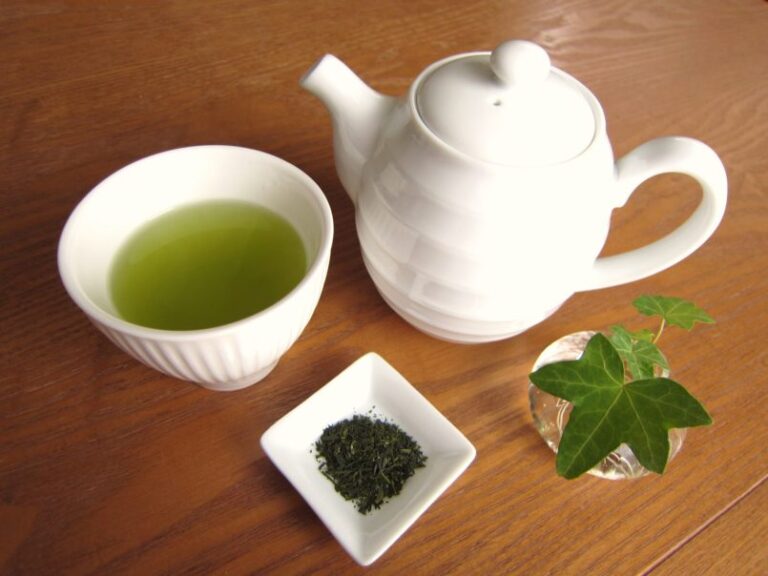Before looking for the perfect match, the best Japanese green tea it’s crucial to know how to distinguish between good and bad leaves and what to avoid. There are hundreds of types of Japanese teas, and more choices of where to buy Japanese tea online make it difficult to find the right one if you are not sure what you are looking for.
- Mistaking grade for quality
The issue here is that the Japanese government has an assigned number to the tea, like houjicha, sencha, etc., which does not necessarily mean that the tea has a quality rating; a tea with a low rank could have superior quality than a high-ranked tea because it may for its wonderful taste, aroma, and medicinal properties.
This is why many times more attention be to the actual quality, taste, smell, and medicinal properties of the tea rather than the governmental classification or rating of the tea, which may not at all be proportional to the inherent characteristics worth of the tea. Consumers should be wise in their judgment of the tea, depending on its quality, and not rely on the number grade as if it were a true sign that the tea is of some standard of quality, when the system seems to be somewhat random or biased in determining the true potential and benefits of the tea.
- Not checking the harvest date
Wine is consumable and does not need maturation, while green teas do not go through the process of maturation; hence, they are not tasty when they grow old. The latest harvest suggests that the fruits will have the absolute best crispness as well as the most nutrients if the packs have the most current date. Teas brewed from teas that are over 6 months from their harvested date will be stale-tasting and rarely have that natural Japanese green tea taste to them. It also means that you might be stuck with tea that has gone stale, a bit dull, and considerably less healthful than it was the day it was harvest. This indicates the date on which the tea was harveste, which is very important since you want to get tea that is as fresh and rich in nutrients as possible.
- Overlooking the Growing Region
Four of the most famous tea-producing prefectures in Japan are Shizuoka, Kagoshima, Miyazaki, and Kyoto, and each of these produces a different taste that comes from the region where it grows and the climate of that region. Whenever one is sampling Japanese teas, it is very interesting to taste teas from different prefectures simultaneously to see how the soil, altitude, rainfall, and sunlight affect the final flavour of the teas. Shizuoka is located at the foot of Mount Fuji; it has early morning fogs and hot, sultry conditions that make the tea plants well-suited to green teas and oolongs. Kagoshima, situated on southern Kyushu Island, has volcanic soil, which contributes to the deep umami notes in the black and green teas.
- Going for the Cheapest Price
Leaves of higher grades that are picked directly from the farms require more attention and better procedures in growing and handling them and all these come at a cost. Which brings me back to my point about picking the cheapest leaves. This means that the leaves may be old and poorly handled. The cheaper types will normally employ poorer quality or older leaves that are not fresh or flavourful anymore. Find out specific stores that can confirm their supply and processing procedures. Do not just take any product that is easily available in the market for its lower price; instead, opt for a tea that has a ‘freshly harvested’ seal of quality from a third party. Sometimes when the price of the product is low. It means that some corners were cut and the quality of the product will not be the best.
- Not checking ingredient freshness
Innovative green tea blends also include herbs, fruits, and flowers, which are not only weak in terms of taste and nutritional value but also have a shelf life of six months. Check the ingredients for expiration or the best-by date while adding these little extras to make sure they still taste good when consumed with the tea. Old blends of dried fruits will have leathery and other tastes, while those that are still fresh will be soft to the touch and sweet.
Conclusion
By steering clear of these frequent errors when selecting the next type of Japanese green tea, you will arrive at a standard green tea that is vibrant in colour and pure in taste. Thus, it is possible to expect a much more positive buying experience when purchasing Japanese tea online than when selecting teas based on the low price or familiar terms only by first verifying the harvest date of the tea, its region, its grade, and the hints at the ingredient’s freshness. Search for your best knowledge, and your next cup of Japanese tea can be the best one you ever.

